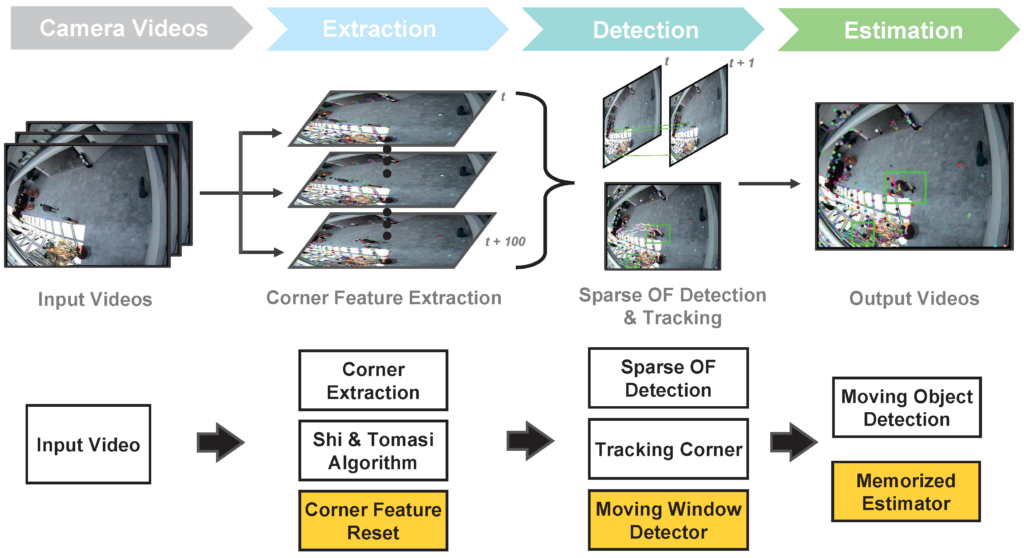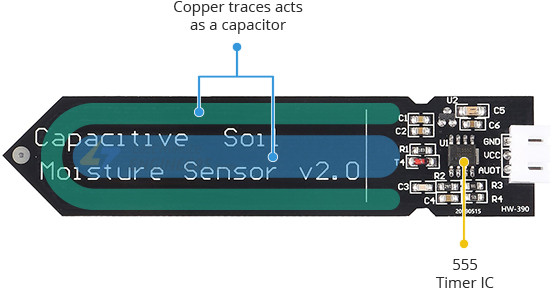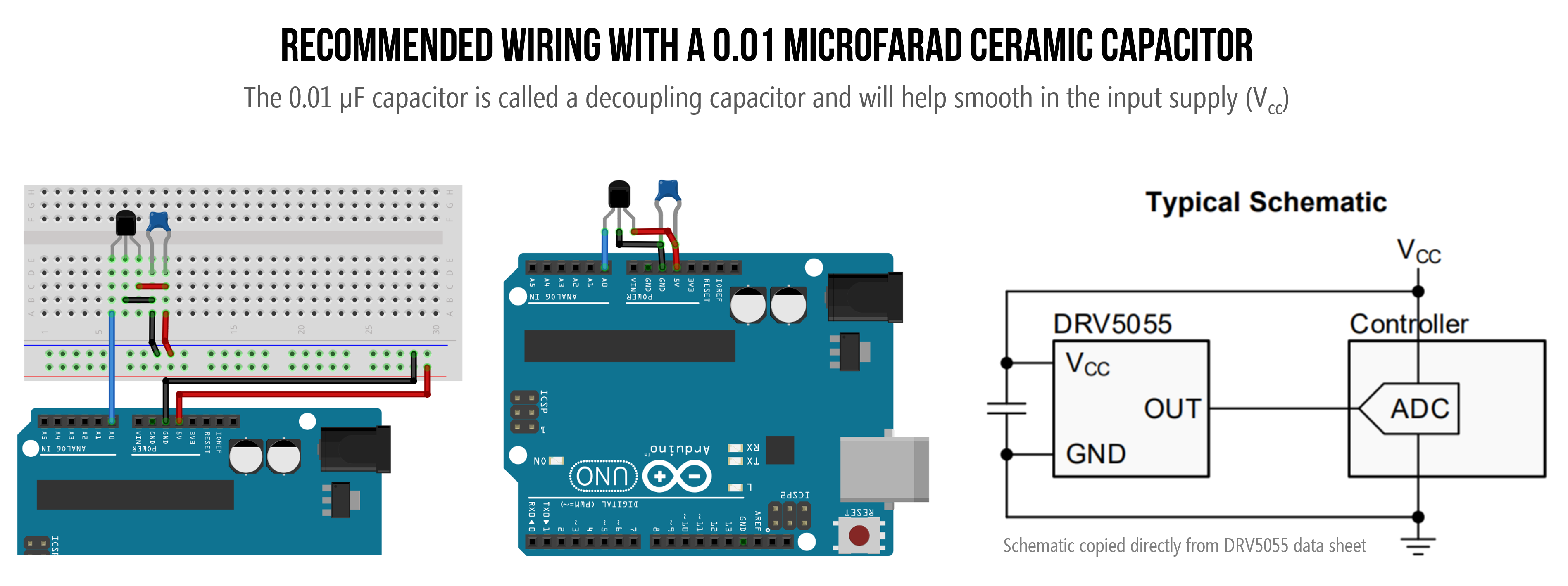How to Track Object Movement with an Optical Flow Sensor
Optical flow sensors are a great tool for tracking object movement in a variety of applications. Whether you’re working on a robotics project, developing a new video game, or designing a tracking system, optical flow sensors can provide valuable data on how objects are moving in space. In this article, we will discuss how optical flow sensors work and how you can use them to track object movement effectively.
What is an Optical Flow Sensor?
Optical flow sensors are devices that use a camera to track the movement of objects in their field of view. They work by detecting changes in the position of pixels in sequential frames of video footage, allowing them to calculate the direction and speed of object movement. This information can then be used to track objects in real-time and provide valuable data for analysis and decision-making.
How Do Optical Flow Sensors Work?
Optical flow sensors work by comparing the position of pixels in sequential frames of video footage. By tracking these changes, the sensor can calculate the direction and speed of object movement in the sensor’s field of view. This information is then used to track objects in real-time, providing valuable data for a wide range of applications.
Applications of Optical Flow Sensors
Optical flow sensors have a wide range of applications, from robotics to image stabilization in cameras. Some common uses for optical flow sensors include:
- Object tracking in robotics
- Gesture recognition in computer vision systems
- Navigation systems for drones and autonomous vehicles
How to Track Object Movement with an Optical Flow Sensor
If you’re interested in tracking object movement with an optical flow sensor, here are some steps to get started:
- Choose the right optical flow sensor for your application. There are many different types of optical flow sensors available, so be sure to select one that meets your specific needs.
- Connect the sensor to your development board or computer. Most optical flow sensors can be easily connected via USB or other interfaces.
- Write code to capture video footage and analyze the movement of objects in the sensor’s field of view. Many optical flow sensors come with libraries and APIs that make this process easier.
- Use the data from the sensor to track object movement in real-time. You can visualize the movement of objects using graphs, charts, or other visualizations.
- Iterate on your design and code to improve the accuracy and reliability of your object tracking system.
By following these steps, you can effectively track object movement with an optical flow sensor and incorporate this valuable data into your projects.
Conclusion
Optical flow sensors are powerful tools for tracking object movement in a variety of applications. By understanding how optical flow sensors work and following the steps outlined in this article, you can effectively track object movement and gather valuable data for your projects. Whether you’re working on a robotics project, developing a new video game, or designing a tracking system, optical flow sensors can help you achieve your goals efficiently and accurately.
How to Track Object Movement with an Optical Flow Sensor
Optical flow sensors are a great tool for tracking object movement in a variety of applications. Whether you’re working on a robotics project, developing a new video game, or designing a tracking system, optical flow sensors can provide valuable data on how objects are moving in space. In this article, we will discuss how optical flow sensors work and how you can use them to track object movement effectively.
What is an Optical Flow Sensor?
Optical flow sensors are devices that use a camera to track the movement of objects in their field of view. They work by detecting changes in the position of pixels in sequential frames of video footage, allowing them to calculate the direction and speed of object movement. This information can then be used to track objects in real-time and provide valuable data for analysis and decision-making.
How Do Optical Flow Sensors Work?
Optical flow sensors work by comparing the position of pixels in sequential frames of video footage. By tracking these changes, the sensor can calculate the direction and speed of object movement in the sensor’s field of view. This information is then used to track objects in real-time, providing valuable data for a wide range of applications.
Applications of Optical Flow Sensors
Optical flow sensors have a wide range of applications, from robotics to image stabilization in cameras. Some common uses for optical flow sensors include:
- Object tracking in robotics
- Gesture recognition in computer vision systems
- Navigation systems for drones and autonomous vehicles
How to Track Object Movement with an Optical Flow Sensor
If you’re interested in tracking object movement with an optical flow sensor, here are some steps to get started:
- Choose the right optical flow sensor for your application. There are many different types of optical flow sensors available, so be sure to select one that meets your specific needs.
- Connect the sensor to your development board or computer. Most optical flow sensors can be easily connected via USB or other interfaces.
- Write code to capture video footage and analyze the movement of objects in the sensor’s field of view. Many optical flow sensors come with libraries and APIs that make this process easier.
- Use the data from the sensor to track object movement in real-time. You can visualize the movement of objects using graphs, charts, or other visualizations.
- Iterate on your design and code to improve the accuracy and reliability of your object tracking system.
By following these steps, you can effectively track object movement with an optical flow sensor and incorporate this valuable data into your projects.
Conclusion
Optical flow sensors are powerful tools for tracking object movement in a variety of applications. By understanding how optical flow sensors work and following the steps outlined in this article, you can effectively track object movement and gather valuable data for your projects. Whether you’re working on a robotics project, developing a new video game, or designing a tracking system, optical flow sensors can help you achieve your goals efficiently and accurately.



